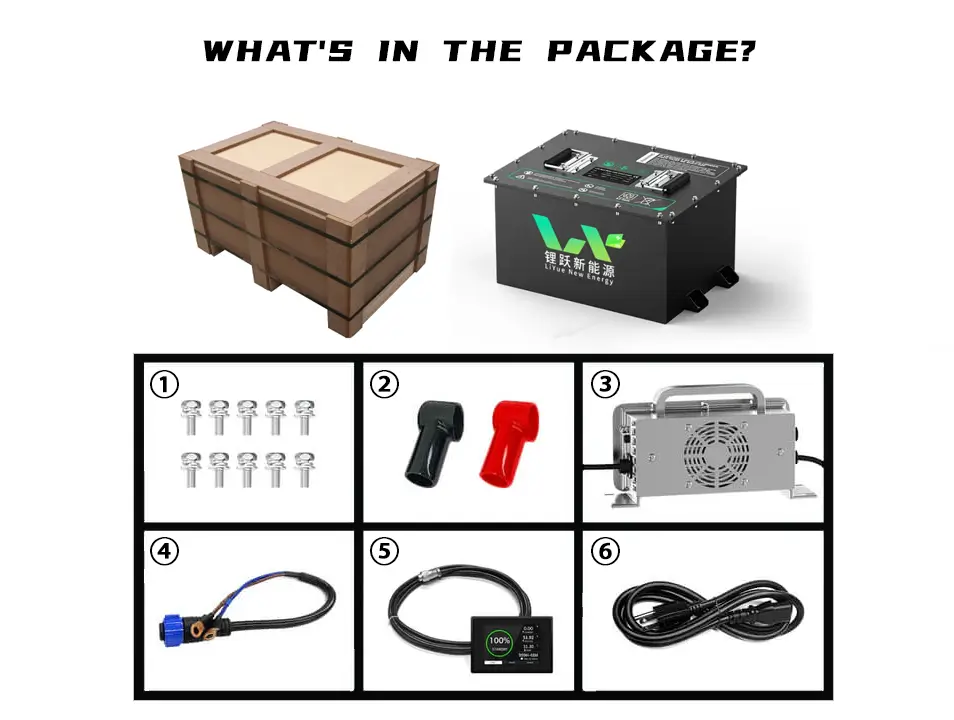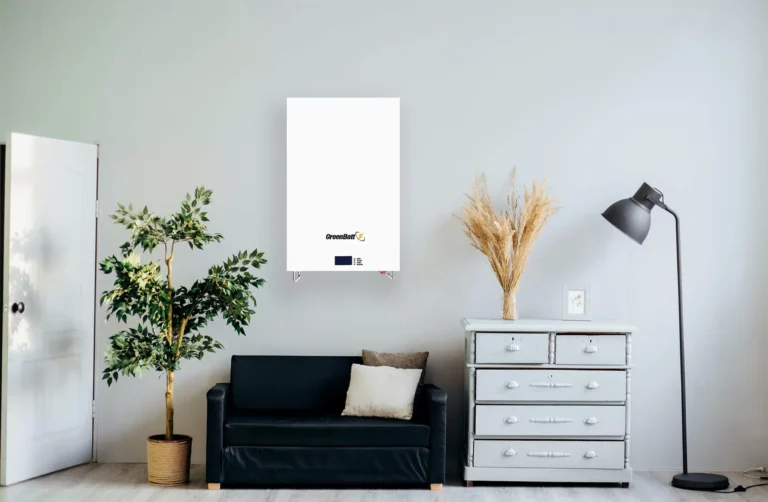Henan Liyue New Energy Co., Ltd

What Kind of Battery Does a Club Car Golf Cart Use?
When it comes to powering a Club Car golf cart, the battery choice plays a crucial role in determining the performance and longevity of the vehicle. Club Car golf carts typically use two main types of batteries: lead-acid and lithium-ion. Both types have distinct characteristics and are suited for different uses. This article will provide a detailed look at each type of battery, focusing on their technical features and applications in Club Car golf carts.
Lead-Acid Batteries in Club Car Golf Carts
Lead-acid batteries have been the traditional power source for Club Car golf carts for many years. They are widely used due to their proven reliability and relatively low cost.
Flooded Lead-Acid Batteries (FLA)
Flooded lead-acid batteries are the most common type of lead-acid batteries used in golf carts. They consist of lead plates submerged in a liquid electrolyte solution (sulfuric acid and water). These batteries require regular maintenance, including checking water levels and cleaning the terminals to prevent corrosion.
- Voltage Configuration: Typically, Club Car golf carts use a 48V system, which is achieved by connecting six 8V flooded lead-acid batteries in series.
- Performance: Flooded lead-acid batteries are durable and can handle regular use, making them suitable for recreational golfers who don’t mind performing periodic maintenance. They provide sufficient power for most golf carts, offering a reliable range for typical golf course distances.
- Cost: Lead-acid batteries are cost-effective upfront, making them an attractive choice for those on a budget.
Sealed Lead-Acid Batteries (SLA)
Sealed lead-acid batteries, also known as maintenance-free or absorbed glass mat (AGM) batteries, are a variation of traditional lead-acid batteries. Unlike flooded lead-acid batteries, SLAs are sealed, so they do not require water maintenance.
- Voltage Configuration: Similar to flooded batteries, sealed lead-acid batteries are often used in 48V configurations for Club Car golf carts.
- Performance: While SLAs don’t require the regular maintenance of flooded batteries, they typically have a shorter lifespan and less overall efficiency compared to lithium-ion alternatives. However, they still provide reliable power for casual users.
- Cost: Sealed lead-acid batteries are priced higher than flooded lead-acid batteries but are generally more affordable than lithium-ion options.
Lithium-Ion Batteries in Club Car Golf Carts
Historically, lithium-ion batteries have been more expensive than lead-acid batteries, but the gap is now narrowing, thanks to industrial upgrading and economies of scale by Chinese manufacturers, which is accelerating the elimination of environmentally unfriendly lead-acid batteries.

Lithium-Ion Batteries Overview
Lithium-ion batteries use lithium-based compounds as the main electrochemical material for storing energy. These batteries have gained significant traction in the electric vehicle industry due to their high energy density, long lifespan, and low maintenance requirements.
- Voltage Configurations: Lithium-ion batteries are available in a variety of voltages, including 12V, 24V, 36V, 48V, and 51.2V. Most newer Club Car golf carts use 48V or 51.2V configurations for optimal performance. Lithium-ion systems are also used in high-performance carts with 96V configurations.
- Performance: Lithium-ion batteries offer higher energy efficiency and longer driving ranges compared to lead-acid batteries. A single charge can power a golf cart for a longer distance, making lithium-ion batteries ideal for users who require extended use on the golf course.
- Weight: One of the most significant advantages of lithium-ion batteries is their reduced weight. These batteries are considerably lighter than lead-acid batteries, which improves the overall performance and handling of the golf cart.
- Lifespan: Lithium-ion batteries typically last 8 to 10 years, far outlasting lead-acid batteries. Their longer lifespan reduces the frequency of battery replacements, making them a better long-term investment for frequent users.
- Charging Speed: Lithium-ion batteries charge faster than lead-acid batteries, meaning less downtime for your golf cart between rounds.
- Cost: While lithium-ion batteries have a higher upfront cost compared to lead-acid batteries, they provide significant savings over time due to their longer lifespan, reduced maintenance needs, and higher efficiency.
Conclusion
Both lead-acid and lithium-ion batteries are widely used in Club Car golf carts, each with its own advantages. Lead-acid batteries are a reliable, cost-effective option for recreational users who don’t mind periodic maintenance. On the other hand, lithium-ion batteries are better suited for those who prioritize performance, longevity, and minimal upkeep.
Ultimately, the choice between lead-acid and lithium-ion depends on your specific needs and how you plan to use your golf cart. Whether you opt for a traditional lead-acid battery or a modern lithium-ion solution, understanding their differences ensures you make an informed decision to maximize the performance of your Club Car golf cart.




夸大参数_-3D立体字效,_8000-CYCLES_(50撕毁)、_0--768x432.jpg)